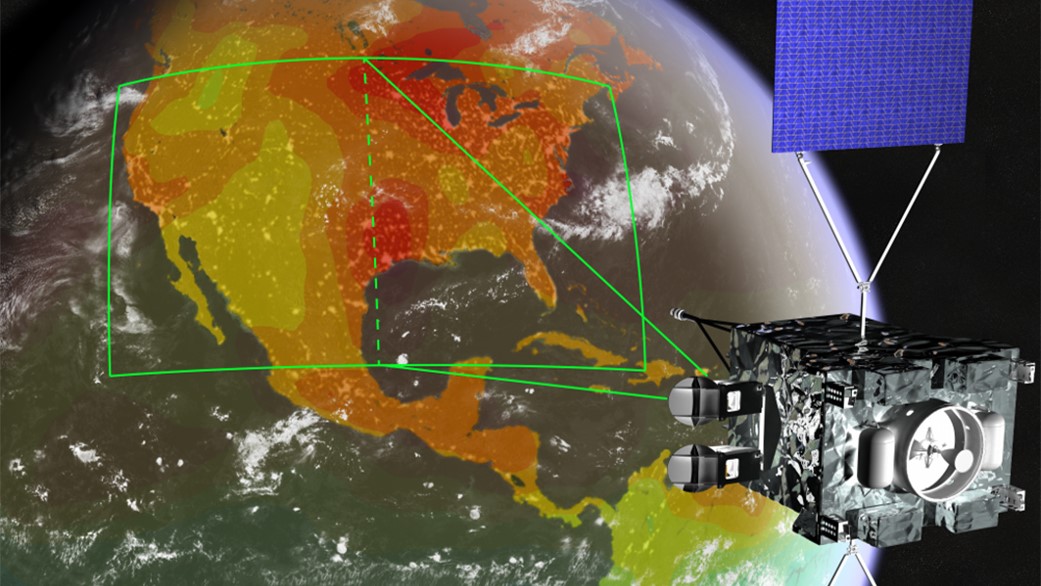
[ad_1]

All good things must come to an end, nd in the case of NASA’s GeoCarb mission, some good things must end before they really begin.
NASA has canceled the GeoCarb mission, which was a collaboration with the University of Oklahoma and Lockheed Martin that intended to put a greenhouse gas–monitoring satellite into geostationary orbit. GeoCarb would have measured levels of carbon dioxide, carbon monoxide and methane in the atmosphere about 4 million times per day. The mission was selected by NASA in 2016.
“Decisions like this are difficult, but NASA is dedicated to making careful choices with the resources provided by the people of the United States,” Thomas Zurbuchen, NASA’s associate administrator for science, said in a statement. “We look forward to accomplishing our commitment to state-of-the-art climate observation in a more efficient and cost-effective way.”
Related: 10 devastating signs of climate change satellites can see from space
According to NASA’s statement, the decision to end GeoCarb was due to “technical concerns, cost performance and availability of new alternative data sources.” The most recent anticipated cost of GeoCarb was $600 million, much higher than the mission’s original $170.9 million estimate.
As for those new data sources, they include the new Earth Surface Mineral Dust Source Investigation (EMIT) instrument that arrived at the International Space Station (ISS) in July, as well as the mission extension of the Orbiting Carbon Observatory-3 instrument that began work in 2019 also aboard the ISS.
NASA is also working on the Earth System Observatory, a series of Earth-focused satellites due to launch by 2030. The satellites will study aerosols, clouds, surface biology and geology, and surface deformation and change, among other areas of research.
“NASA prioritizes understanding how our home planet is changing — and greenhouse gasses play a central role in that understanding,” Karen St. Germain, NASA Earth Science division director, said in a statement. “We are committed to making key methane and carbon dioxide observations, integrating them with measurements collected by other national, international and private sector missions, and making actionable information available to communities and organizations who need it to inform their decisions.”
Follow Stefanie Waldek on Twitter @StefanieWaldek. Follow us on Twitter @Spacedotcom and on Facebook.
[ad_2]